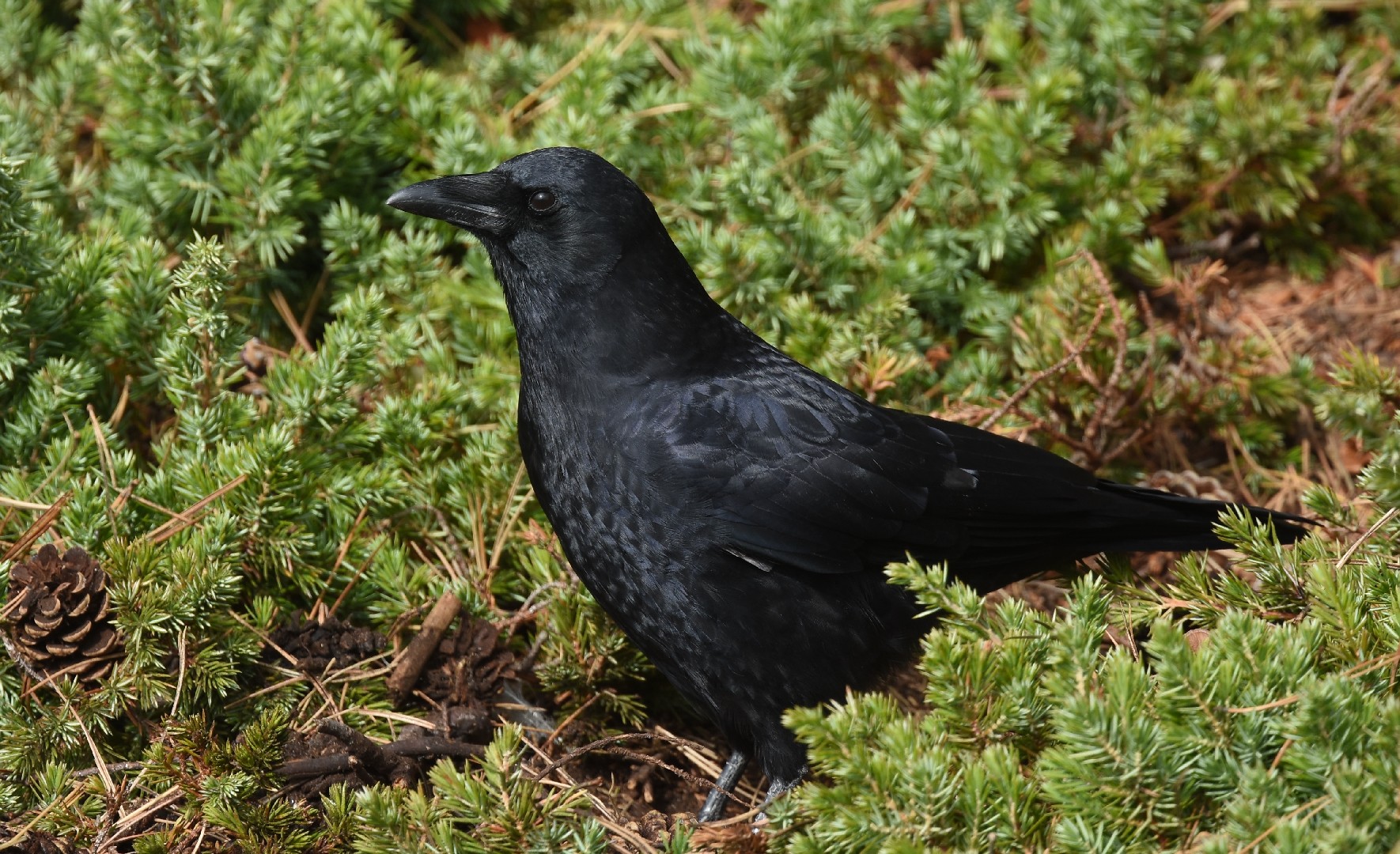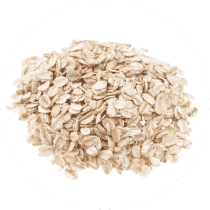American Crow
A species of Crows Scientific name : Corvus brachyrhynchos Genus : Crows
American Crow, A species of Crows
Botanical name: Corvus brachyrhynchos
Genus: Crows
Content
Description People often ask General Info
 Photo By Andy Reago & Chrissy McClarren , used under CC-BY-2.0 /Cropped and compressed from original
Photo By Andy Reago & Chrissy McClarren , used under CC-BY-2.0 /Cropped and compressed from original Description
The american Crow is a big black bird that can be found in forests, fields, river groves, and among human habitations. Interestingly, it is known to stand atop ant hills and allow ants to climb onto its feathers; this apparently discharges their formic acid and makes them more palatable for the crow to eat. Sadly, american Crow numbers have been substantially affected by the West Nile virus in North America. Infected birds die from West Nile in less than a week.
Size
40 - 53 cm
Life Expectancy
7-14 years
Nest Placement
Tree
Clutch Size
3 - 9 eggs
Incubation Period
1 - 2 broods
Number of Broods
16 - 18 days
Nestling Period
20 - 40 days
Feeding Habits
American Crow are omnivorous, consuming grains, seeds, nuts, fruits, and berries, as well as a variety of animals including earthworms, mice, insects, fish, and amphibians. They also eat eggs, nestlings, carrion, and human scraps, with an increased reliance on nuts and acorns in autumn and winter. They sometimes visit bird feeders.
Habitat
American Crow predominantly inhabit open woodlands, urban environments, and agricultural landscapes. They favor areas that offer a balance of open space and perching opportunities, such as scattered trees. Typically avoiding dense forests and barren tundras, they are nevertheless resourceful in utilizing modified landscapes such as parks, cemeteries, and landfills. Deserts are generally outside their preferred habitats.
Nest Behavior
Both breeding american Crow help build the nest, sometimes assisted by their previous offspring.
Nest Characteristics
American Crow nests are often concealed in a crotch near a tree trunk or on a high horizontal branch, favoring evergreens. Constructed from twigs and lined with pine needles, weeds, bark, or animal hair, their nests can range from 6-19 inches wide with an inner cup of 6-14 inches across and 4-15 inches deep.
Dite type
Omnivorous
People often ask
General Info
Feeding Habits
Bird food type

Black Oil Sunflower Seeds

Hulled Sunflower Seeds

Suet

Cracked Corn

Peanuts

Peanut Hearts

Fruit

Millet

Oats

Milo
Bird Feeder Type

Platform

Ground
Sounds
Call
Recording location: United States
Call
Recording location: United States
Behavior
American Crow exhibit highly social and complex behavior patterns. They tend to conduct daily activities as a group rather than in solitude. They are often spotted foraging, roosting, and cooperating within extensive family units, which include not only parents but also their offspring from previous years. Together, they participate in the upbringing of the new generation. During winter, their roosts can amass in the hundreds of thousands, demonstrating a remarkable facet of their social lives. Known for their sharp intelligence, american Crow can collaboratively problem-solve and have been observed utilizing unconventional food sources, showcasing their adaptability. This astuteness, combined with their fondness for congregating in large numbers around human-dominated spaces like dumpsters and landfills, elicits mixed reactions from people. A distinctive trait of american Crow is their mobbing behavior, where groups collectively confront and repel predators in a display of communal defense and cooperation.
Distribution Area
The range of the American crow now extends from the Pacific Ocean to the Atlantic Ocean in Canada, on the French islands of Saint-Pierre and Miquelon, south through the United States, and into northern Mexico. This crow is a permanent resident in most of the US, but most Canadian birds migrate some distances southward in winter. The American crow was recorded in Bermuda from 1876 onwards. 
Species Status
American crows are protected internationally by the Migratory Bird Treaty Act of 1918. Despite attempts by humans in some areas to drive away or eliminate these birds, they remain widespread and very common. The number of individual American crows is estimated by BirdLife International to be around 31,000,000. The large population, as well as its vast range, are the reasons why the American crow is considered to be of least concern, meaning that the species is not threatened. 

 Photo By Andy Reago & Chrissy McClarren , used under CC-BY-2.0 /Cropped and compressed from original
Photo By Andy Reago & Chrissy McClarren , used under CC-BY-2.0 /Cropped and compressed from original Scientific Classification
Phylum
Chordates Class
Birds Order
Perching birds Family
Crows and jays Genus
Crows Species
American Crow